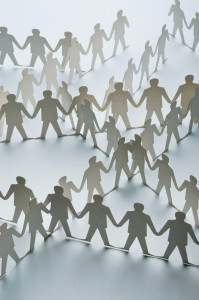 “Groupthink” is a characteristic of overly cohesive groups. Symptoms of groupthink include overconfidence and risk taking, suppression of dissent, and collective rationalization. The old adage that “like hires like” has some truth in it. Unfortunately, any group composed of like-minded individuals is in danger of succumbing to groupthink.
“Groupthink” is a characteristic of overly cohesive groups. Symptoms of groupthink include overconfidence and risk taking, suppression of dissent, and collective rationalization. The old adage that “like hires like” has some truth in it. Unfortunately, any group composed of like-minded individuals is in danger of succumbing to groupthink.
Long before “diversity” became politically correct, Warren Lamb was encouraging diversity in working teams. His model of diversity was not based on age, race, creed, or gender. Rather it was based on decision-making style. Lamb found that the best teams are made up of people who have different decision-making strengths.
Each effort and shape component contributes something different to the decision-making process. As Mary Catherine Bateson (daughter of Margaret Mead and Gregory Bateson) notes, “Everyone has had some experience of organic versus mechanical solidarity.” She defines organic solidarity as “the working together that depends on difference and complementarity.” This contrasts mechanical solidarity, which depends on “identical performance.” Bateson goes on to suggest that differences need not be a stumbling block to working together. Instead, people can make their differences worthwhile to each other.
The Embodied Decision Making course will help you understand your effort and shape patterns, your decision-making preferences, and what you can contribute to the groups with which you work. Learn more….
